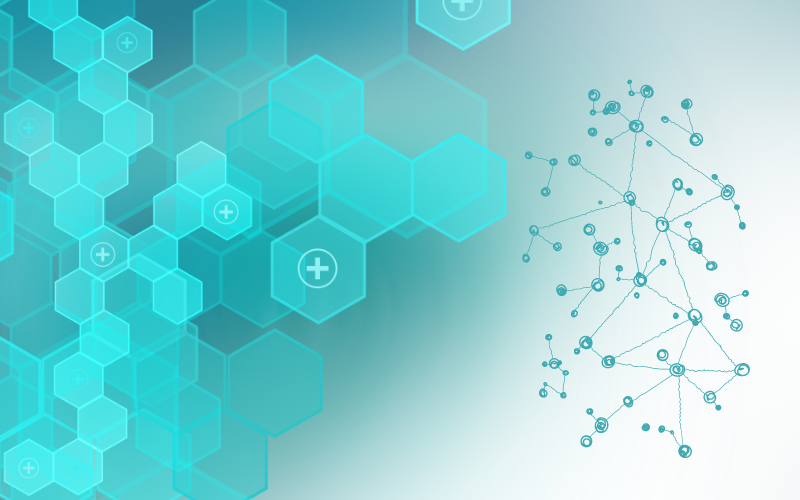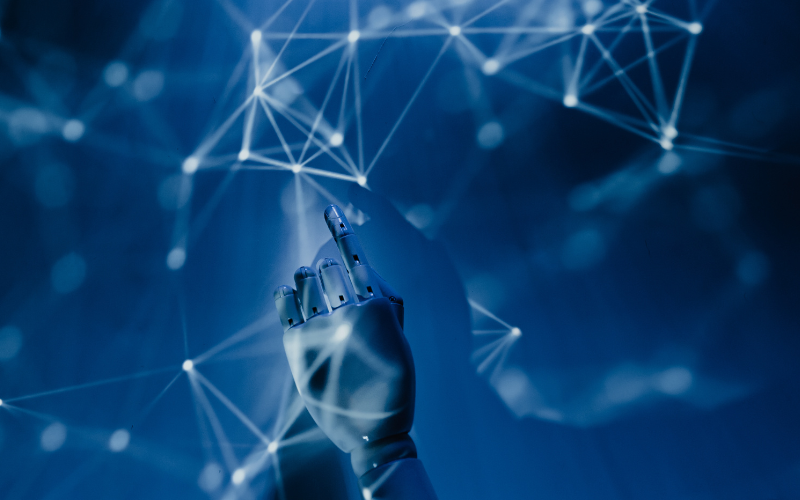Innovations in Continuous Glucose Monitoring Technology

Just as innovation changed the way we work, shop, and research information, it has transformed the way we manage chronic conditions like diabetes. These technologies have made life easier for anyone with type 2 and type 1 diabetes.
Living with diabetes can bring about a multitude of challenges, both physical and mental. From managing blood sugar levels to counting carbohydrates and taking insulin, the daily responsibilities can be overwhelming. It's a constant juggling act, considering factors like illness, stress, and activity levels.
A lot of people with diabetes struggle to change their lifestyle after diagnosis. When you are used to doing something a certain way, and you’ve been doing it for years, it is just downright draining to try and change now.
But, that’s the problem with diabetes. It is a complex disease, and many factors play a role in how well people take care of their bodies.
Over the past century, there have been significant advancements in glucose monitoring technology, resulting in a wide array of innovative tools. These include glucose sensors, insulin pumps, beta bionics, smart pens, remote patient monitoring, and many more.
As highlighted in a 2020 study, these tools have the incredible potential to optimize therapy, alleviate the challenges of diabetes, and enhance overall well-being. This is precisely what I want to delve into here - exploring how the advancements in CGM technology offer individuals peace of mind, while also streamlining the management of diabetes, ultimately saving valuable time and effort.
Stick-Free Glucose Testing
For years, individuals with diabetes have relied on the daily ritual of pricking their fingers to obtain a blood sample. This practice has been an essential component of diabetes management, with people performing finger stick checks multiple times a day.
Recently, there have been numerous advancements that helped create blood sugar monitors that don’t require a traditional finger-pricking method. These include products like the Freestyle Libre 3, Dexcom G7, and the Eversense CGM
Here is how it works. A small blood sugar-detecting device known as a "sensor" is inserted just beneath the skin, much like an insulin pump catheter.
The sensor measures glucose levels in the fluid surrounding the cells every 10 seconds. It then converts it into an electrical signal.
A small and portable transmitter is connected to the sensor. It transmits signals wirelessly to either an insulin pump or a monitoring device, which can be conveniently clipped onto a belt or securely placed on the waistline.
Once the sensor is in place, it diligently records the average glucose reading every 5 minutes, gathering valuable data for a span of 72 hours. Once the three days have passed, the sensor can be removed, and the stored information can be effortlessly downloaded onto your computer. From there, you will be able to visualize the data through visually appealing graphs and charts, providing you with a comprehensive understanding of your glucose patterns, highs, and lows.
Using Big Data for Better Glucose Control
The use of big data is revolutionizing the management of diabetes. In the healthcare industry, big data has proven to be a valuable tool in collecting and analyzing information.
This information is compiled and processed using sophisticated algorithms and analytics, providing valuable insights into the hidden patterns and trends of glucose levels.
Harnessing the power of wearable electronics and machine learning, we have unlocked the ability to develop accurate models that can anticipate and forecast short-term blood glucose levels. These models are designed to adapt to the unique glucose-insulin dynamics of each individual living with diabetes.
This groundbreaking capability is achieved by analyzing data gathered from different facets of a patient's physical state and daily routines, as highlighted in research articles published in the esteemed Sensors peer-reviewed journal.
Researchers and specialists have created a range of models employing diverse machine-learning methods to forecast time series. These models are specifically designed to be executed within the processor of a wearable device, making them easily accessible and convenient for users.
Another example of the groundbreaking advancements in CGM technology is the AI-powered devices. In 2018, Medtronic received FDA approval for their AI-powered continuous glucose monitor, the Guardian Connect system. This innovative CGM system utilizes artificial intelligence (AI) to actively prevent glucose highs and lows in individuals with diabetes.
The system incorporates a predictive algorithm that collects data from the Sugar.IQ diabetes assistant, which is powered by IBM Watson Health. By monitoring the patient's blood glucose levels in response to various factors such as food consumption, insulin doses, and daily exercise routines, the algorithm can analyze this information to anticipate and effectively manage hyperglycemia and hypoglycemia episodes. This AI-powered CGM technology provides individuals with diabetes with valuable insights and proactive support in managing their condition.
Harnessing the Power of Multiple Sensors
A recent device caught my attention, and I think it’s worth mentioning. GlucoRx and Cardiff University have announced the development of the GlucoRx BioXensor. They claim to be the first non-invasive continuous glucose monitor on the globe.
This innovative device incorporates multiple sensors, which sets it apart from other devices in the market. While there may be other devices under development, GlucoRx stated that their multi-sensor approach is what makes their product unique.
According to Nilesh Nathwani, the CEO of GlucoRx, diabetic patients have relied on a single technology to keep their blood sugar stable. But, they haven’t had the chance to use an approach such as this.
The inclusion of multiple sensors in the GlucoRx BioXensor serves to address any potential discrepancies and improve accuracy by compensating for and adjusting to artifacts. This groundbreaking feature is what sets their product apart, leading Nathwani to believe that it is truly one-of-a-kind.
Now, the GlucoRx BioXensor is not without its challenges. The multi-sensor technique is combined with Radio Frequency (RF). One of the primary obstacles highlighted by Nathwani is the task of fitting every single sensor into a compact device. It should weigh 14g and measure 42mm in diameter by 7mm.
The CEO explained that they had taken insights from the latest clinical study on the Gen 3 device. They’ve transformed it into a design for manufacturing a product. They also prioritized human factors and considered the market requirements for such a product.
Incredibly, the device has managed to shrink in size while still incorporating a wide range of sensors. These sensors have been cleverly packed into a compact and discreet device. The CEO highlighted that the biggest obstacle was successfully integrating all of these sensors and technologies into a commercially viable product with the perfect form factor.
Conclusion
In conclusion, the advancements in continuous glucose monitoring (CGM) technology have revolutionized the management of diabetes. From stick-free glucose testing to the use of big data and artificial intelligence, these innovations offer individuals with diabetes peace of mind and streamline their diabetes management.
The development of devices like the GlucoRx BioXensor, with its multiple sensors, shows great promise in improving accuracy and addressing potential discrepancies. These technological advancements not only save valuable time and effort but also provide valuable insights and proactive support in managing diabetes. As people continue to witness the incredible potential of CGM technology, it is important for individuals with diabetes to stay informed and explore these innovative tools to enhance their overall well-being.



